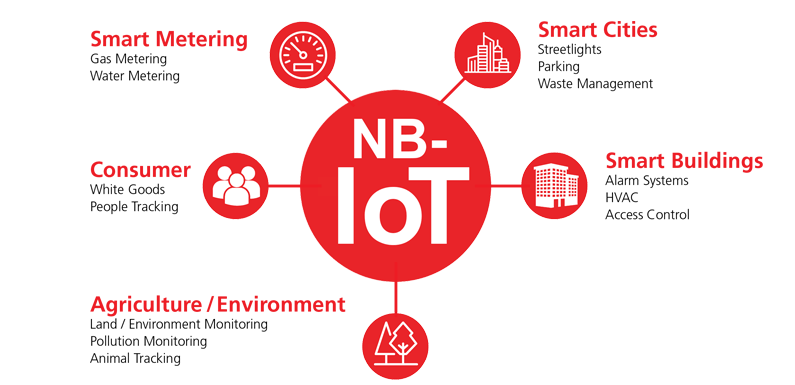
At the end of January, the Russian State Commission on Radio Frequencies allocated frequencies that telecom operators can use for the NB-IoT standard. This is an important event that paves the way for the affordable deployment of the Internet of Things (IoT) in the Russian Federation.
The full current list of frequencies can be found on the website of the Ministry of Communications and Mass Media of the Russian Federation. Note that for NB-IoT, frequencies from 700 to 1800 MHz are now open, which allows using the standard for areas with large coverage.
The Internet of Things (IoT) is an important part of the digital transformation of the global economy. However, the spread of IoT may slow down due to insufficient network bandwidth. One way to improve IoT performance could be the NB-IoT protocol, which harnesses the potential of today's cellular networks.
By 2020, the global amount of data generated by the IoT may reach 50 trillion gigabytes, and the number of connected users — 4 billion. This will require new approaches to data transfer and monitoring the performance of network systems, as we talked about earlier . At the same time, in most cases, Internet things transmit small portions of data at known intervals, for example, information about the patient's heartbeat, gas pressure in the pipe, soil moisture, etc. Such network devices do not need high-bandwidth communication channels. a ubiquitous wireless network. Mobile networks are the best candidates for this role, but their modern protocols are too cumbersome for simple IoT devices.
NB-IoT protocol — a new dimension of cellular networks
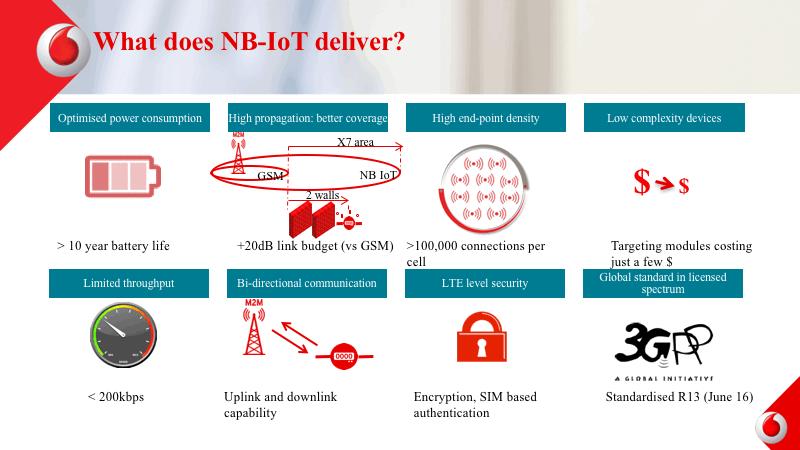
In 2016, the 3GPP consortium introduced the first specification of a cellular standard for devices with small data transfers. The standard was named NB-IoT (NarrowBand IoT). It can be used on LTE equipment, as well as separately from existing communication networks.
NB-IoT is specifically designed for the Internet of Things, so it addresses specific needs such as improved signal modulation sensitivity to connect hundreds of thousands of devices. Also, to work with NB-IoT, you do not need a SIM card and a small transceiver power is enough, that is, IoT devices can work for many years from one battery.
Three Ways to Deploy NB-IoT
Deployment of NB-IoT started in the EU. In Russia, in the next two years, mobile operators will also launch NB-IoT networks.
The NB-IoT standard can be deployed in three flavors:
- standalone;
- on the guard-band;
- in-band.

Different types of NB-IoT deployment
The most common is in-band. It is widely used in Europe, where networks with NB-IoT in-band are deployed by telecommunications companies Vodafone, Deutsche Telekom, Telecom Italia Mobile and others.
In-band deployment allows NB-IoT to be used within existing LTE networks, which have large coverage and IoT quality of service. This is the optimal path for IoT connectivity as it allows carriers to use modern equipment without significant hardware changes. Thus, in-band NB-IoT makes it possible to meet the current demand for connecting smart devices.
Despite the prevalence of the in-band way of using NB-IoT, it has drawbacks. Thus, a narrow-band in-band NB-IoT signal occupies a frequency of 180 kHz and in LTE networks can interfere with physical resource blocks (PRBs). In this mode, NB-IoT takes away the functional resources of cellular networks.
When used in-band, NB-IoT PRBs are separated from other PRBs using dynamic power characteristics. In particular, the usual PRB for LTE is 6 dB more powerful than the PRB for NB-IoT in in-band and guard-band. Also, the NB-IoT standard specifications assume other differences in signal structure, such as supported signal modulation types, frequency error, error vector magnitude (EVM), and timing and channel control parameters.
EVM (Error Vector Magnitude) is an important criterion for modulation quality and performance of a data transmission and reception channel in complex wireless networks, including LTE and NB-IoT. In fact, EVM is the difference between the «reference» transmitted signal and the received (measured) signal. EVM is a useful indicator of the quality of the transmitted wireless signal, which helps to assess the performance of NB-IoT.
When launching a new service based on in-Band NB-IoT, interference between PRBs is a major concern. Therefore, the PRB interference test for EVM measurements is the most accurate and commercially viable test procedure.
How do I test the quality of my NB-IoT deployment?
To verify the deployment, modern base station analyzers are used, such as, for example, the VIAVI CellAdvisor JD745B or JD785B. These are handheld devices that are capable of measuring NB-IoT parameters in accordance with 3GPP specifications.
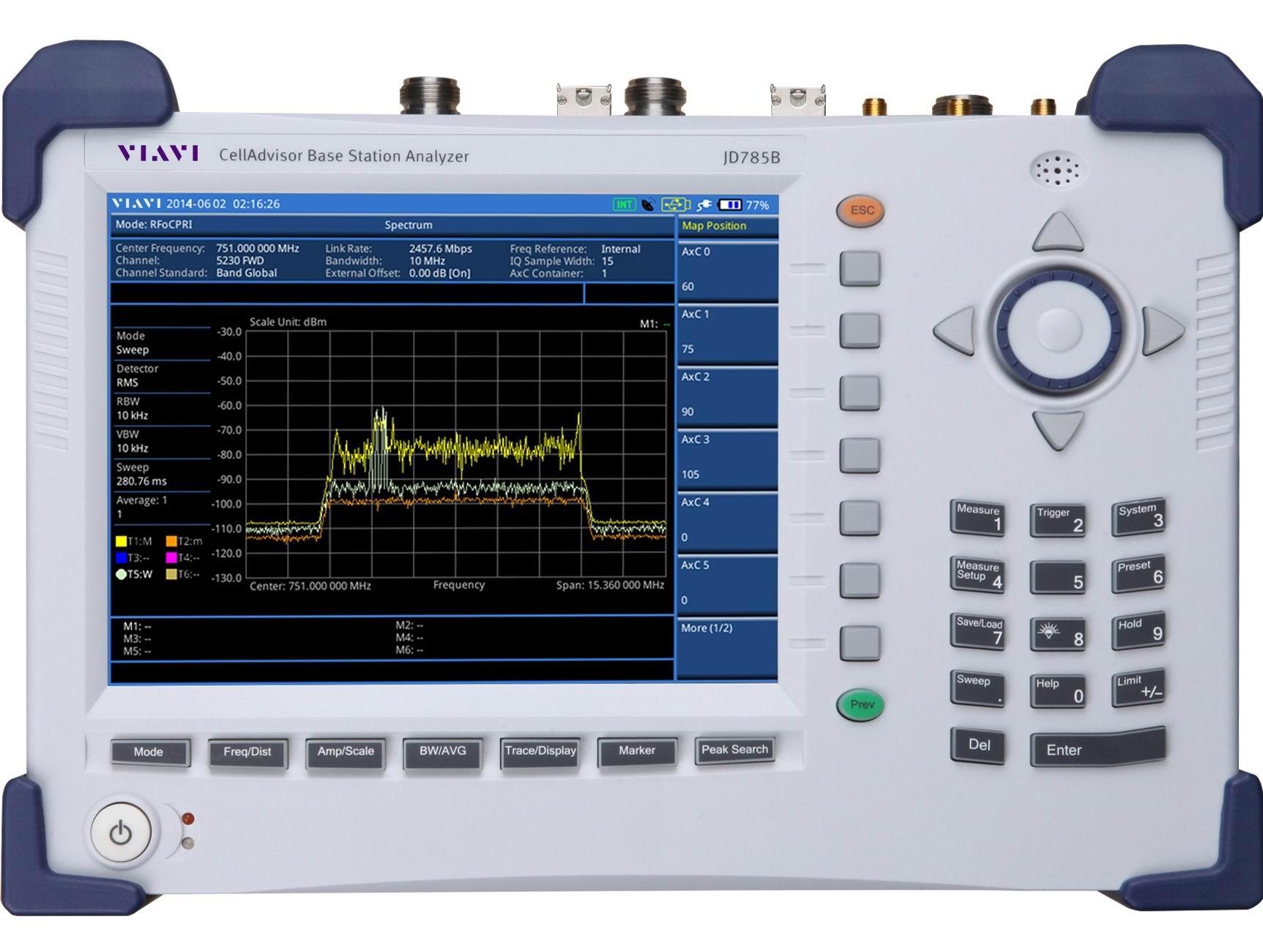
VIAVI CellAdvisor JD785B Analyzer
Analyzers can measure the following NB-IoT signal parameters:
- maximum power PRB;
- dynamic characteristics of the NB-IoT signal;
- EVM for downlink NPDSCH and other control and timing channels;
- frequency error.
These metrics should be verified during the NB-IoT deployment and regular maintenance checks. This is the only way mobile operators can guarantee reliable IoT support, maximum coverage and capacity, and high quality of service.
Alternative technologies: LoRaWAN
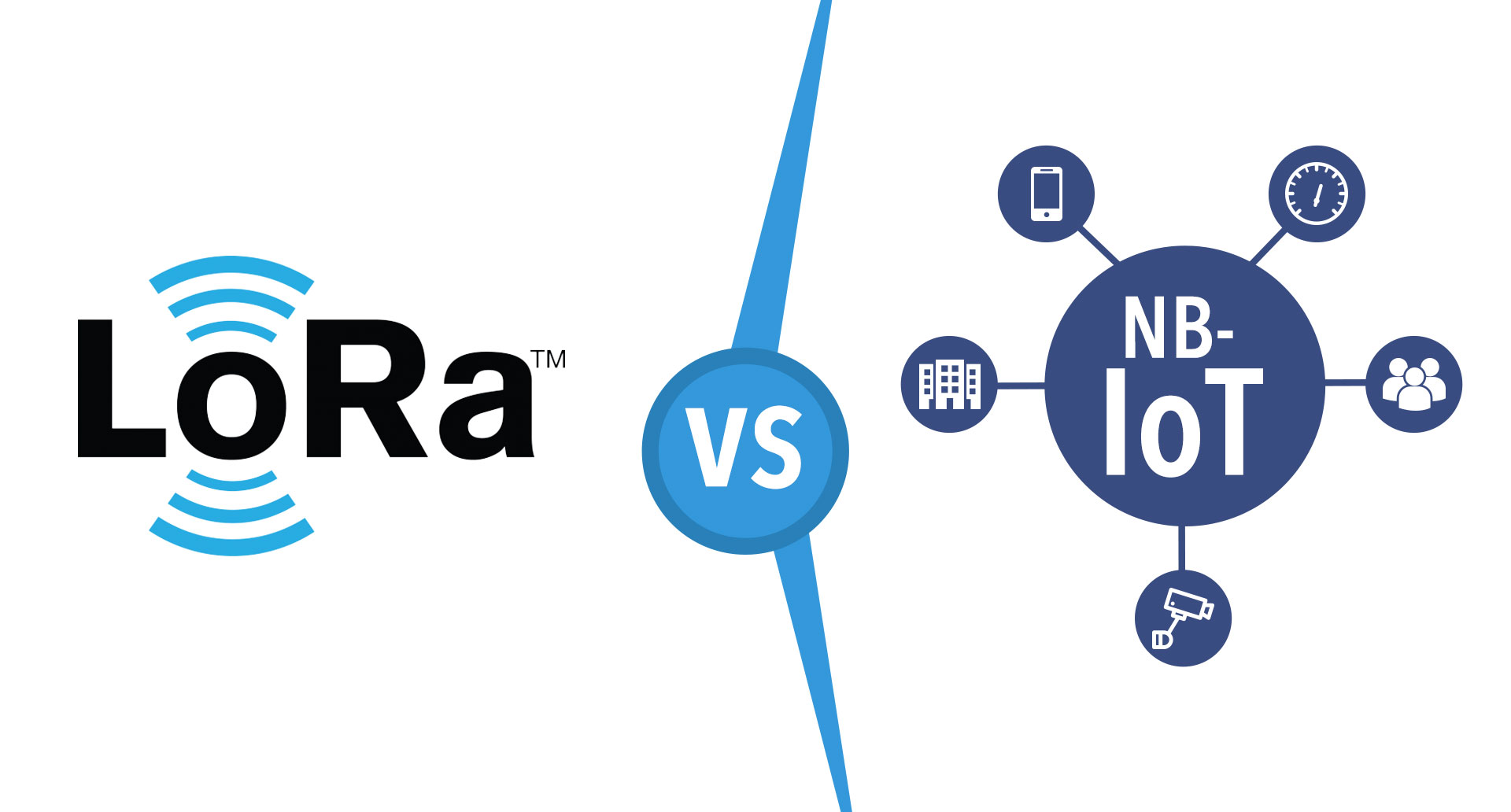
It should be noted that in Russia there is already a regulatory-approved communication standard for IoT — LoRaWAN, which allows you to deploy large IoT networks in sparsely populated regions using inexpensive base stations.
LoRaWAN uses free, unlicensed frequencies that do not overlap with NB-IoT. Therefore, it is possible to use two technologies at once, as well as a choice depending on the required characteristics of the future IoT ecosystem. Thus, both technologies are more likely to complement each other than to be competitors.
conclusions
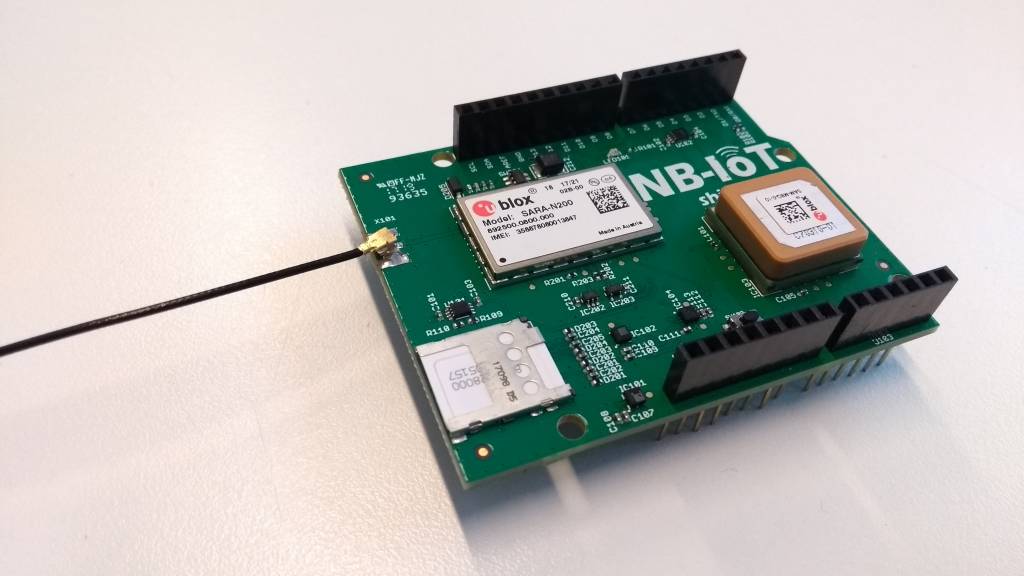
Support for NB-IoT technology in domestic communication networks will appear already by 2020. All the necessary conditions and tools for deploying this standard are already in place and available to telecom operators. Thus, already now it makes sense to implement IoT devices with already built-in support for NB-IoT (and / or LoRaWAN) protocols, so that in a few years there will be no need to modernize the created infrastructure.





